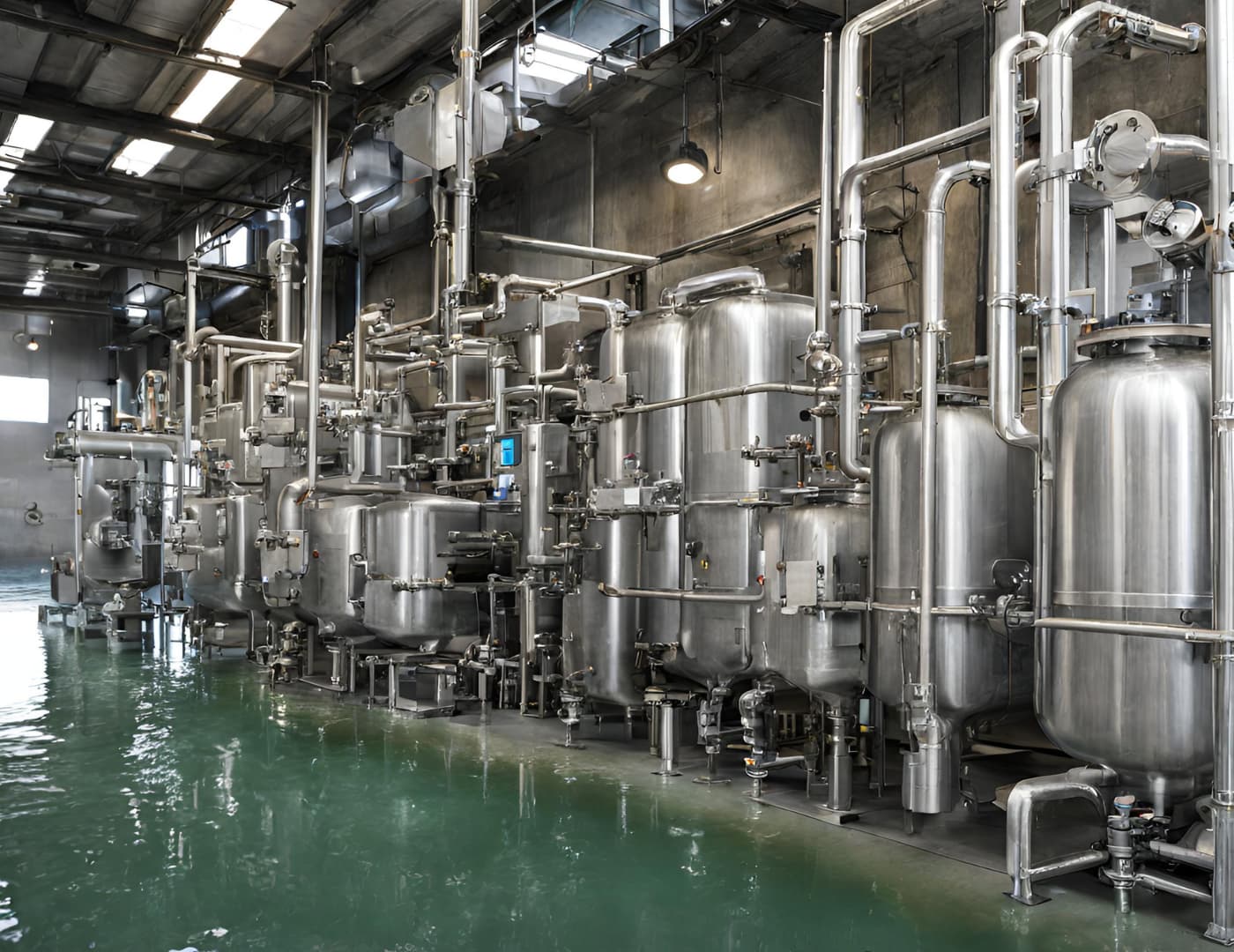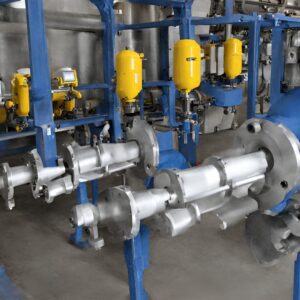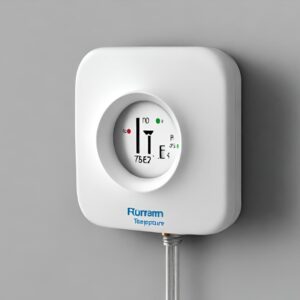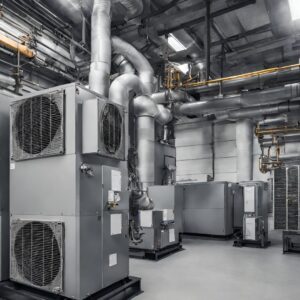In the realm of water treatment, control valves quietly stand as unsung heroes, tirelessly directing the flow of water and chemicals to ensure the purity of our drinking water. This blog post delves into the pivotal role played by these unassuming yet critical components. As we explore the world of control valves, we’ll also venture into the broader landscape of valve actuators, uncovering how they together drive the efficiency and reliability of our water treatment facilities
The Basics of Water Treatment
Water treatment plants serve the critical purpose of purifying water from various sources, removing impurities, and making it safe for consumption. These facilities follow a multi-stage process that includes coagulation, sedimentation, filtration, disinfection, and more. At each stage, precise control of flow rates, pressures, and chemical dosages is essential to achieve optimal results. Control valves are the linchpin in this process, allowing operators to fine-tune and regulate the water treatment parameters effectively.
Coagulation: In the coagulation stage, chemicals are added to the water to help particles clump together and form larger, more easily removable flocs. Bray Control valves play a vital role in regulating the addition of these chemicals, ensuring the right amount is introduced for effective coagulation.
Sedimentation: During sedimentation, the water is allowed to settle, allowing the larger particles and flocs to sink to the bottom. Control valves are responsible for controlling the flow of water into sedimentation basins and regulating the sludge removal process.
Filtration: Filtration is a critical step where water passes through various filtration media to remove remaining impurities. Control valves are used to adjust the flow rates through these filtration systems, optimizing the removal of particles and contaminants.
Disinfection: To eliminate any remaining microorganisms, water is disinfected using chemicals like chlorine. Control valves ensure the precise injection of disinfectants, maintaining water quality and safety.
The Importance of Flow Control
Control valves, as the name suggests, are pivotal for regulating the flow of water and chemicals within the treatment process. They ensure that water moves through the treatment stages at the right rate and under the appropriate conditions. This precise flow control is fundamental in achieving the desired water quality and operational efficiency. Without control valves, the water treatment process would lack the precision required to deliver safe drinking water to our homes.
Types of Control Valves Used
Water treatment plants employ various types of control valves, each suited to specific applications. Globe valves, for instance, are ideal for precise flow control and are often used in applications where accuracy is paramount. Butterfly valves excel in modulating flow, while ball valves provide excellent shut-off capabilities. The choice of valve type depends on the specific requirements of each treatment stage.
Control Valve Features and Technologies
Modern control valves are equipped with advanced features and technologies that enhance their performance and reliability. Corrosion-resistant materials ensure durability, even in harsh water treatment environments. Additionally, smart valve actuators equipped with sensors and communication capabilities have revolutionized the monitoring and control of these valves. These innovations allow for real-time adjustments and data-driven decision-making, ultimately improving the overall efficiency of water treatment processes.
Corrosion Resistance: The harsh chemicals and conditions in water treatment can take a toll on valves. Control valves are often constructed from materials that resist corrosion, ensuring long-term reliability.
Smart Valve Actuators: With the integration of sensors and communication technology, smart valve actuators provide real-time data on valve performance. This data enables operators to monitor conditions remotely, detect anomalies, and make adjustments as needed, enhancing operational efficiency.
Challenges in Water Treatment Valve Control
While control valves are essential, they are not without challenges. Water treatment plants often face issues related to valve fouling, wear and tear, and the need for routine maintenance. Precisely controlling chemical dosages, dealing with varying flow rates, and maintaining consistent water quality can be challenging tasks. However, by implementing best practices and leveraging the latest technology, these challenges can be effectively managed, ensuring the reliability of control valves.
Valve Fouling: Control valves can become clogged with debris and sediment, leading to reduced performance. Regular cleaning and maintenance are essential to prevent valve fouling.
Wear and Tear: The continuous operation of control valves can result in wear and tear over time. Proper maintenance, including lubrication and replacement of worn parts, is necessary to extend the lifespan of these valves.
Maintenance and Best Practices
Regular maintenance is key to ensuring the long-term performance of control valves in water treatment plants. Maintenance tasks include cleaning, lubrication, and calibration of valves and actuators. Additionally, implementing preventive maintenance schedules and predictive maintenance techniques can help identify potential issues before they lead to downtime. By adhering to best practices, water treatment facilities can maximize the lifespan and efficiency of their control valves.
Preventive Maintenance: Regularly scheduled inspections and maintenance can help identify and address issues before they lead to costly breakdowns.
Predictive Maintenance: Leveraging data from smart valve actuators, operators can predict when maintenance is needed based on performance trends, optimizing uptime and reliability.
Future Trends and Innovations
The future of control valves in water treatment holds exciting possibilities. As technology continues to advance, IoT (Internet of Things) integration is becoming increasingly prevalent. IoT-enabled valve actuators provide real-time data on valve performance, allowing operators to monitor conditions remotely and make adjustments as needed. Automation and artificial intelligence are also playing a growing role in optimizing water treatment processes. These innovations promise enhanced efficiency, reduced operational costs, and improved water quality for communities worldwide.
Conclusion
In the intricate world of water treatment, control valves emerge as unsung heroes. They are the guardians of our water quality, tirelessly regulating flows and chemical dosages to ensure safe drinking water for all. While we’ve focused on the keyword “control valves,” it’s essential to recognize that their performance is intrinsically linked to valve actuators and the broader world of automation. Together, they form the backbone of water treatment plants, safeguarding the health and well-being of countless individuals.




